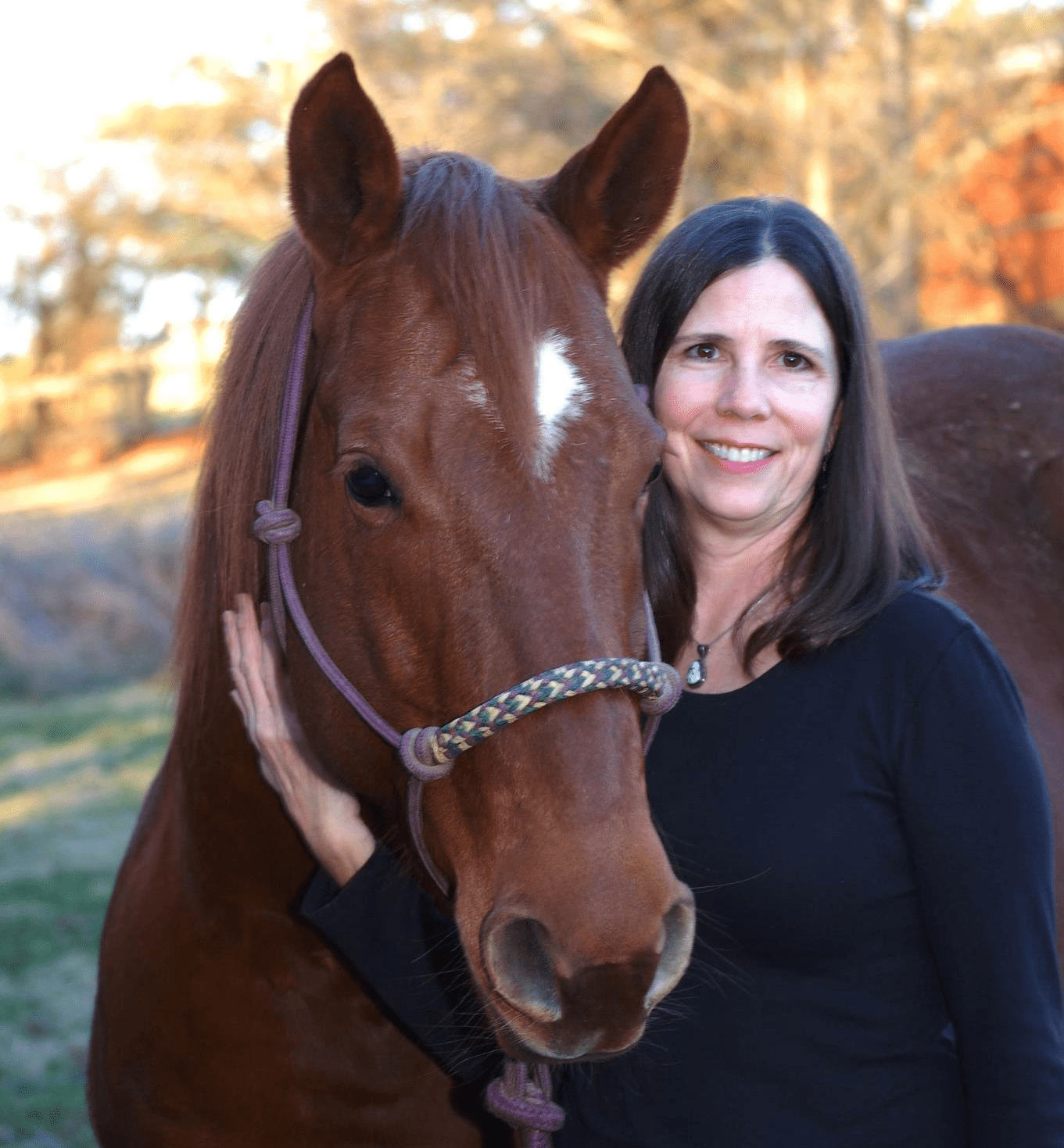Emerging Disease in Foals
A bacteria that causes weight loss, colic, diarrhea, and hypoproteinemia (abnormally low protein in the blood) in foals is being seen more often in North America and Europe. The affected foals are usually four to eight months old, but can be older. While the causative bacteria Lawsonia intracellularis can cause severe disease, it is very treatable if caught early.
Lawsonia












